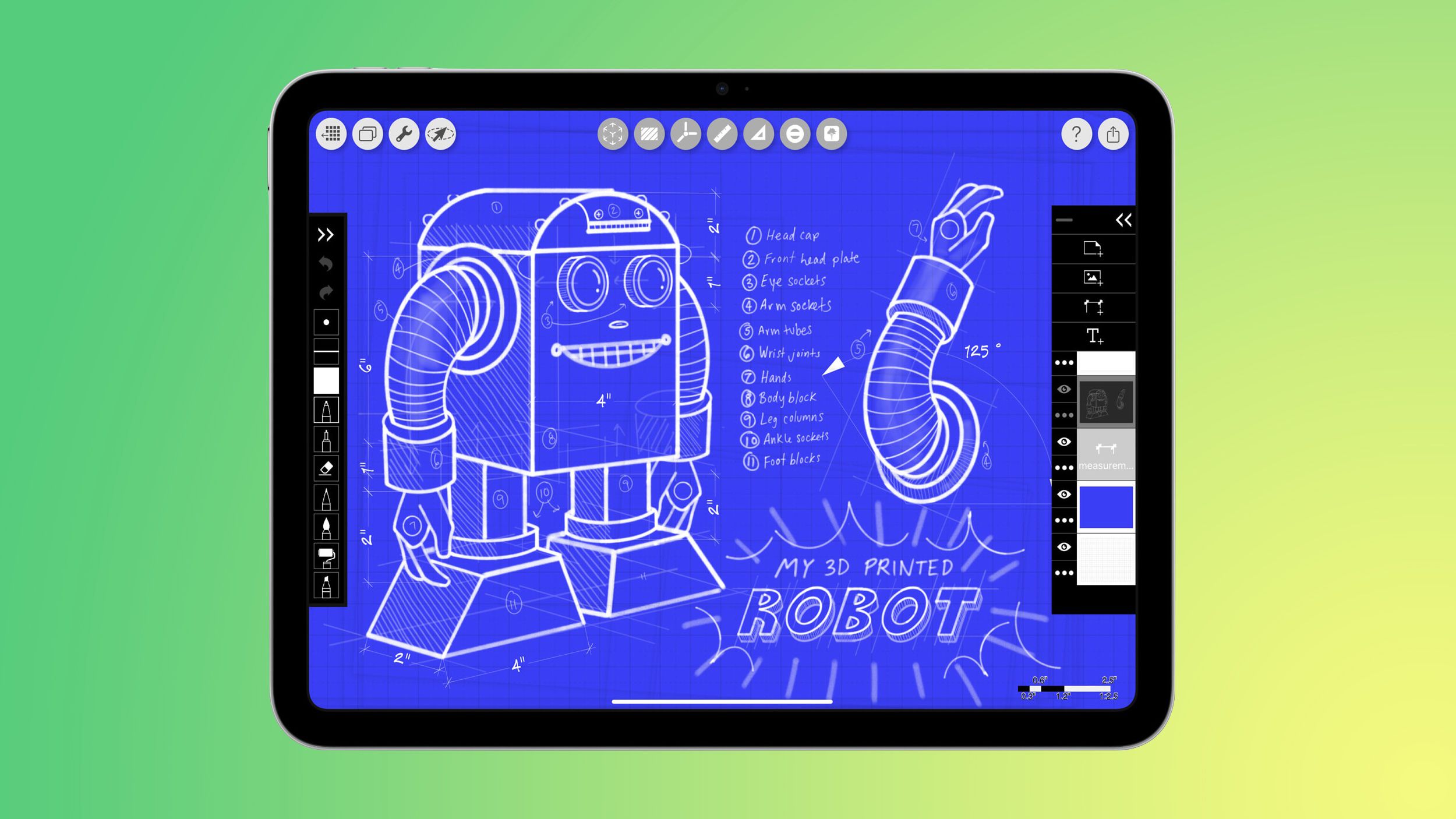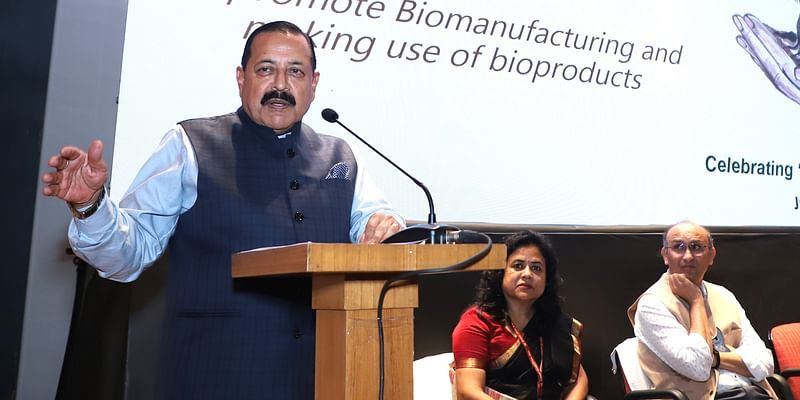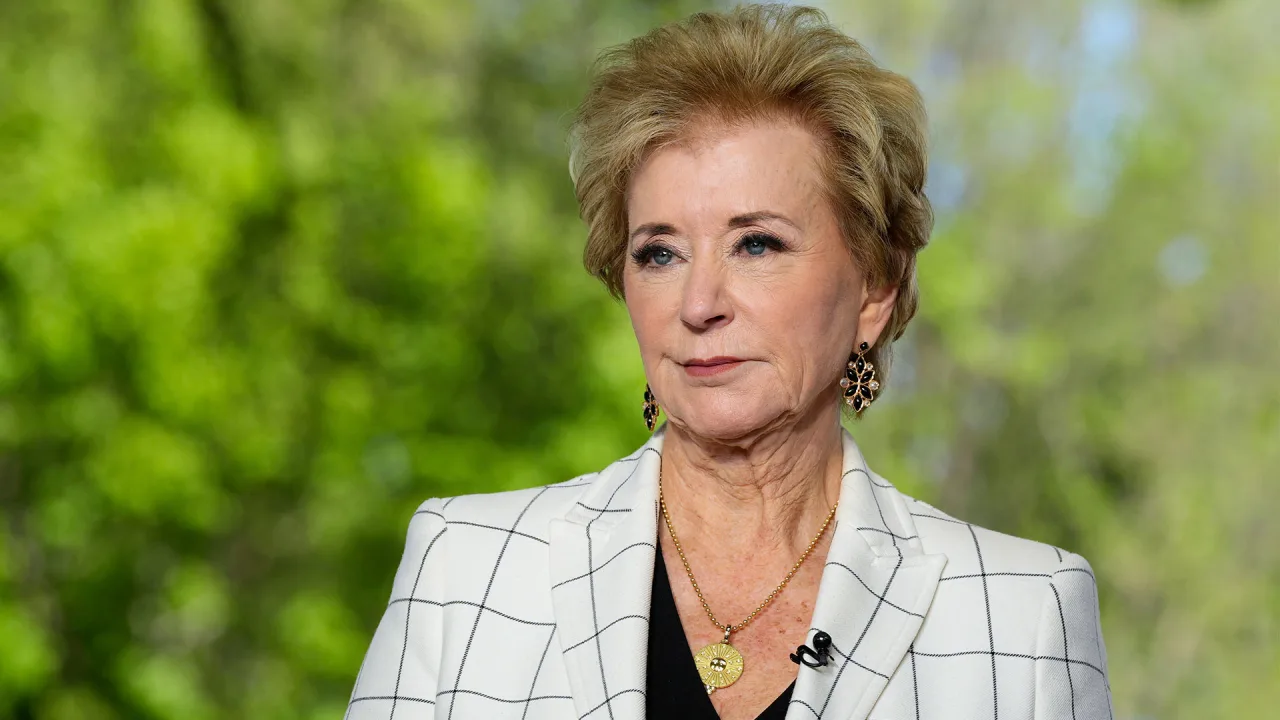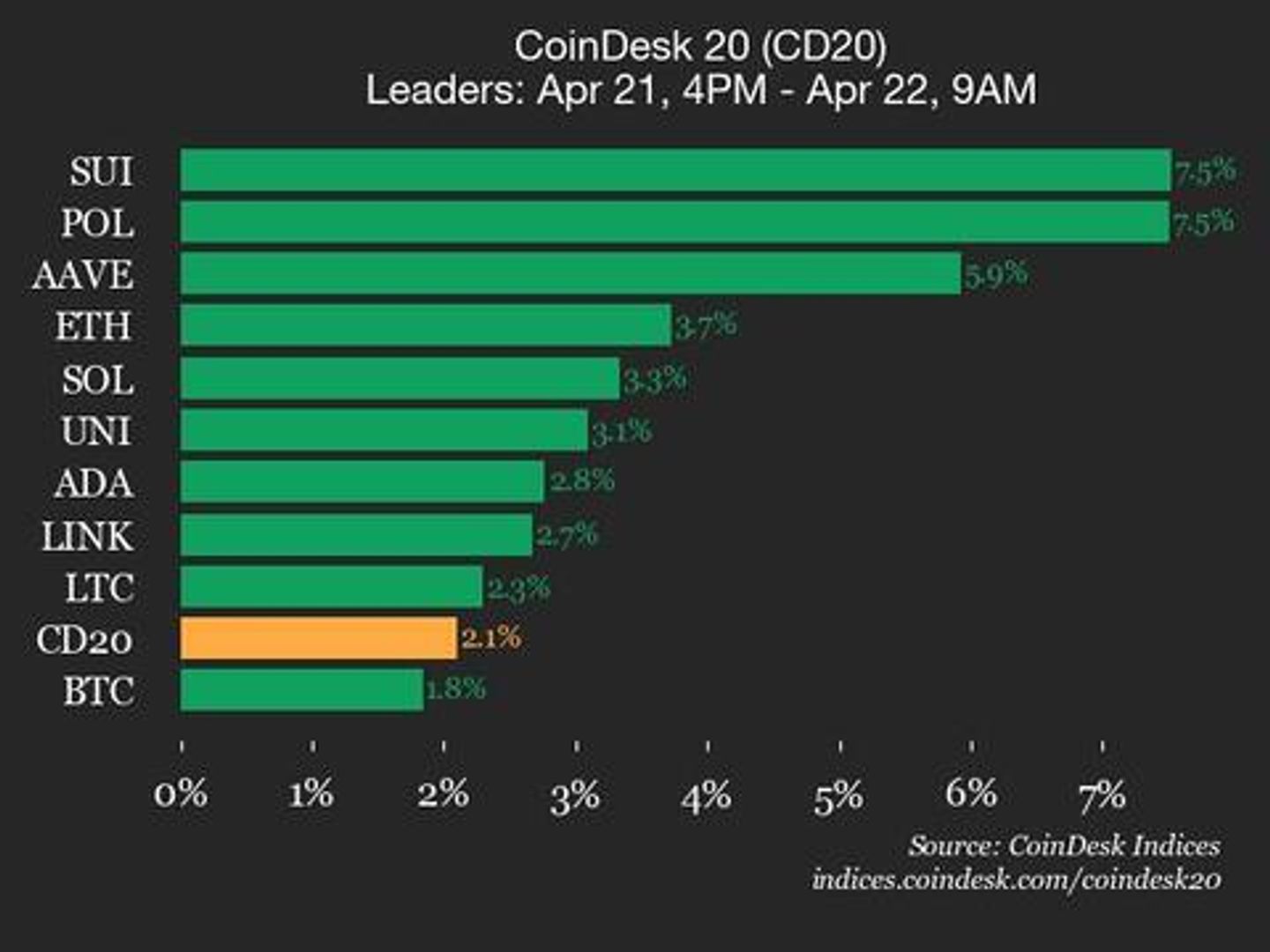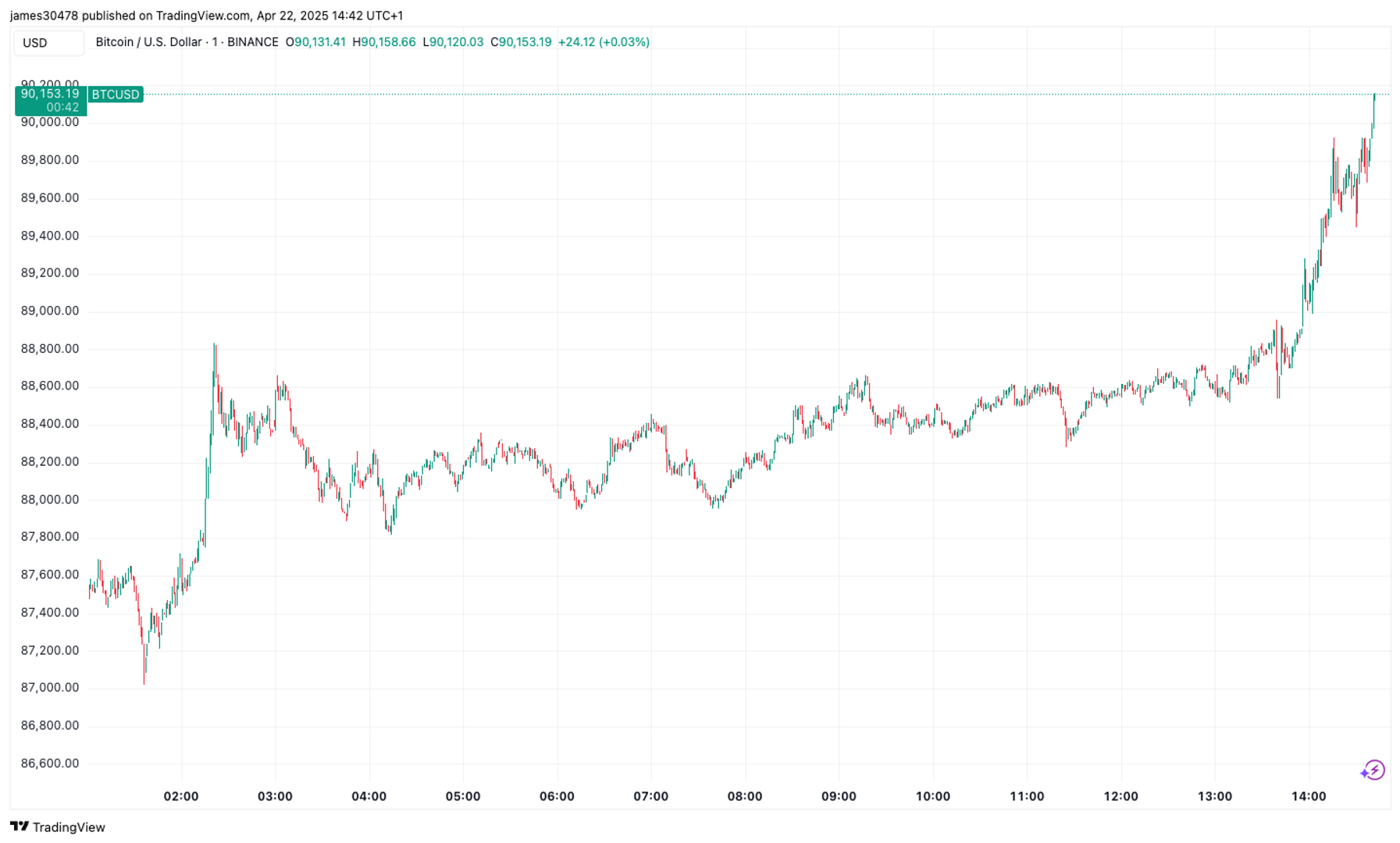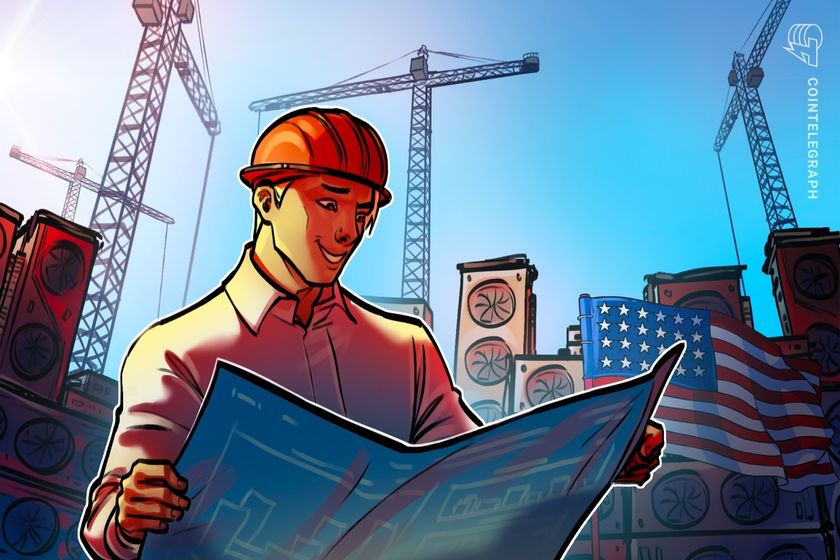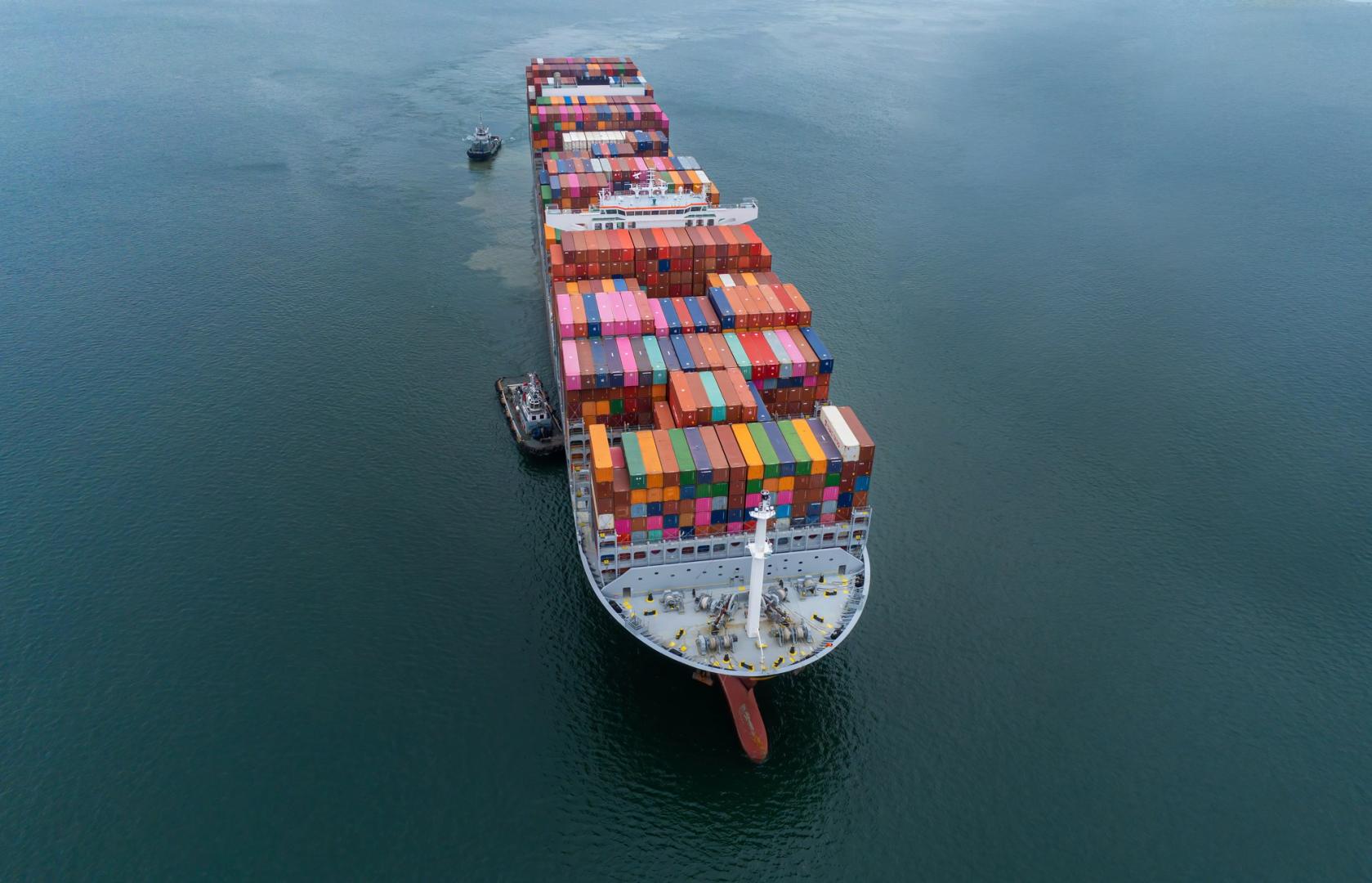Sustainability Week: AI as a force for climate action
Looking at where we are, where we're going and what comes next.

Artificial intelligence is already playing a remarkable role in our response to the climate crisis. From predicting extreme weather events to optimizing renewable energy grids, AI is giving us tools we’ve never had before. It is helping us understand complex climate patterns, reduce waste, and rethink how industries operate at a fundamental level.
But this is just the beginning. The true power of AI is not just in making systems more efficient, but in expanding how we think, plan, and strategize in the face of environmental challenges. AI doesn’t just give us better answers—it gives us the ability to ask better questions, explore new pathways, and simulate possibilities at a scale no human could achieve alone.
So, how do we take AI’s incredible potential and push it even further? How do we ensure it is deployed in ways that maximize its impact, account for its challenges, and truly serve the climate cause?
AI’s Expanding Role in Climate Strategy
We are already seeing AI’s ability to enhance, accelerate, and scale climate solutions across industries:
Optimizing Renewable Energy Grids – AI is balancing wind and solar power on national grids, ensuring that clean energy is distributed where it’s needed most. Google’s DeepMind, for example, is using AI to predict wind energy availability 36 hours in advance, making renewable energy more reliable.
Precision Agriculture & Land Restoration – AI is helping farmers use less water, reduce pesticide waste, and improve soil health. It is also mapping deforestation at speeds 100 times faster than human analysis, helping conservationists protect ecosystems before damage becomes irreversible.
Disaster Response & Climate Resilience – AI-powered models can now predict hurricanes, droughts, and wildfires with greater accuracy, giving governments and emergency responders more time to prepare and adapt.
Decarbonization & Carbon Capture – AI-driven molecular simulations are unlocking breakthroughs in carbon sequestration, helping researchers design materials that could significantly reduce the energy cost of capturing CO₂ from the air.
These are not hypothetical solutions. They are happening right now. But the next step—the place where AI’s role becomes truly transformative—is in its ability to reshape how we plan for the future.
From Efficiency to Intelligence: AI as a Climate Strategist
Right now, AI tools are primarily being used to optimize existing systems—making buildings more energy-efficient, helping companies track their emissions, and improving climate models. But its greatest potential lies in its ability to help us think further ahead, test solutions before they exist, and make better long-term decisions.
Imagine if AI could:
- Stress-test entire industries against different climate futures, allowing leaders to make informed choices about supply chains, infrastructure, and policy.
- Model global cooperation scenarios, helping nations coordinate climate action without compromising sensitive economic data.
- Redesign urban environments to maximize sustainability, using AI-generated simulations to predict how different city layouts could improve emissions, biodiversity, and resilience.
AI allows us to approach climate action in ways we’ve never been able to before—not just by predicting outcomes but by creating entirely new ways of thinking about the future.
One of the biggest barriers to climate action today is the limits of human perception and risk modeling. When decision-makers think about climate policy, infrastructure investments, or industry shifts, they are constrained by what they know, what they can model, and what they assume is possible. AI, however, can break through these limitations.
Instead of reacting to climate risks as they unfold, AI gives us the ability to map multiple futures, test different interventions, and choose paths that maximize long-term resilience. It allows us to model entire ecosystems of impact, showing how one change—such as shifting global shipping routes—could influence carbon emissions, ocean health, and economic stability all at once.
We’ve already seen early glimpses of this in action. AI-powered climate simulations have helped policymakers in the Netherlands redesign flood defenses that account for centuries of rising sea levels, rather than just the next decade. In emerging economies, AI models are helping predict how water scarcity will shift population movements, informing infrastructure decisions that anticipate future realities, rather than responding too late.
What if AI could help us fundamentally redesign industries before they become unsustainable? What if it could guide corporate and government decisions based on the best possible climate outcomes, rather than just incremental improvements?
This is the next frontier—not just AI as an optimizer, but AI as a strategic architect for a more sustainable world.
Addressing the Challenges, Without Limiting the Potential
Of course, AI is not a silver bullet. It comes with its own challenges, including energy consumption, data bias, and accessibility. These are real concerns that must be addressed with intentionality and innovation, but they should not overshadow the immense value AI can bring.
We need a dual approach—one that recognizes the need for sustainable AI infrastructure and governance, while also ensuring that we do not slow down the momentum of AI-driven climate action.
This means:
- Investing in energy-efficient AI models that reduce computational waste.
- Aligning AI development with climate-positive goals, ensuring that models are trained using renewable-powered data centers.
- Building inclusive AI solutions that are accessible and relevant to communities in both developed and emerging economies.
The key is not to view AI as a problem to solve, but as a powerful tool that must be wielded responsibly.
A Future Built on AI-Climate Collaboration
AI is not here to replace human decision-making—it is here to enhance it. The best climate solutions will not come from AI alone, but from the collaboration between technology, governance, and human ingenuity.
We are at a moment where we can harness AI to not just react to climate change, but to fundamentally reshape how we address it. This requires leadership—from policymakers, businesses, researchers, and technology developers—to ensure that AI is deployed in ways that are scalable, ethical, and impactful.
The possibilities ahead are extraordinary. The question is not whether AI can help fight the climate crisis—it already is. The question is: How far are we willing to push the boundaries of what’s possible?
The future of climate action is being written right now—and AI is a crucial part of the story.
We've rated the best project management software.
This article was produced as part of TechRadarPro's Expert Insights channel where we feature the best and brightest minds in the technology industry today. The views expressed here are those of the author and are not necessarily those of TechRadarPro or Future plc. If you are interested in contributing find out more here: https://www.techradar.com/news/submit-your-story-to-techradar-pro










































































































































































![[The AI Show Episode 144]: ChatGPT’s New Memory, Shopify CEO’s Leaked “AI First” Memo, Google Cloud Next Releases, o3 and o4-mini Coming Soon & Llama 4’s Rocky Launch](https://www.marketingaiinstitute.com/hubfs/ep%20144%20cover.png)

















































































































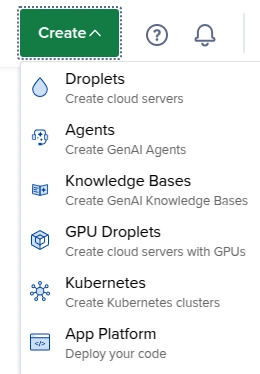


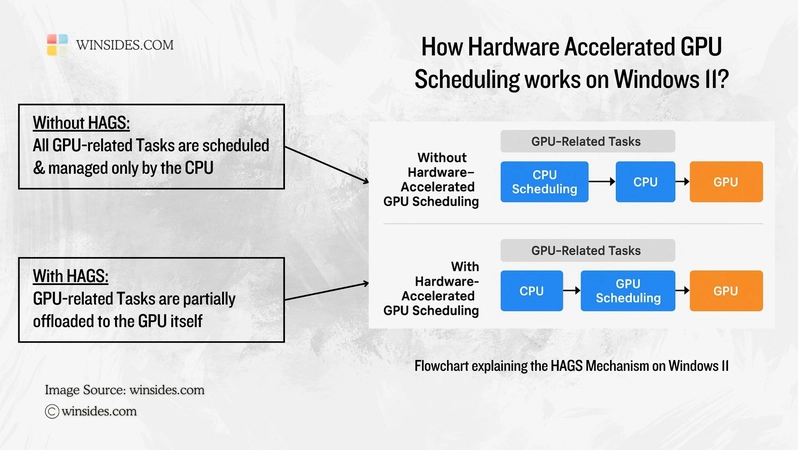














![From fast food worker to cybersecurity engineer with Tae'lur Alexis [Podcast #169]](https://cdn.hashnode.com/res/hashnode/image/upload/v1745242807605/8a6cf71c-144f-4c91-9532-62d7c92c0f65.png?#)























![BPMN-procesmodellering [closed]](https://i.sstatic.net/l7l8q49F.png)
























-Jack-Black---Steve's-Lava-Chicken-(Official-Music-Video)-A-Minecraft-Movie-Soundtrack-WaterTower-00-00-32_lMoQ1fI.png?width=1920&height=1920&fit=bounds&quality=70&format=jpg&auto=webp#)


























































































_Brain_light_Alamy.jpg?width=1280&auto=webp&quality=80&disable=upscale#)










































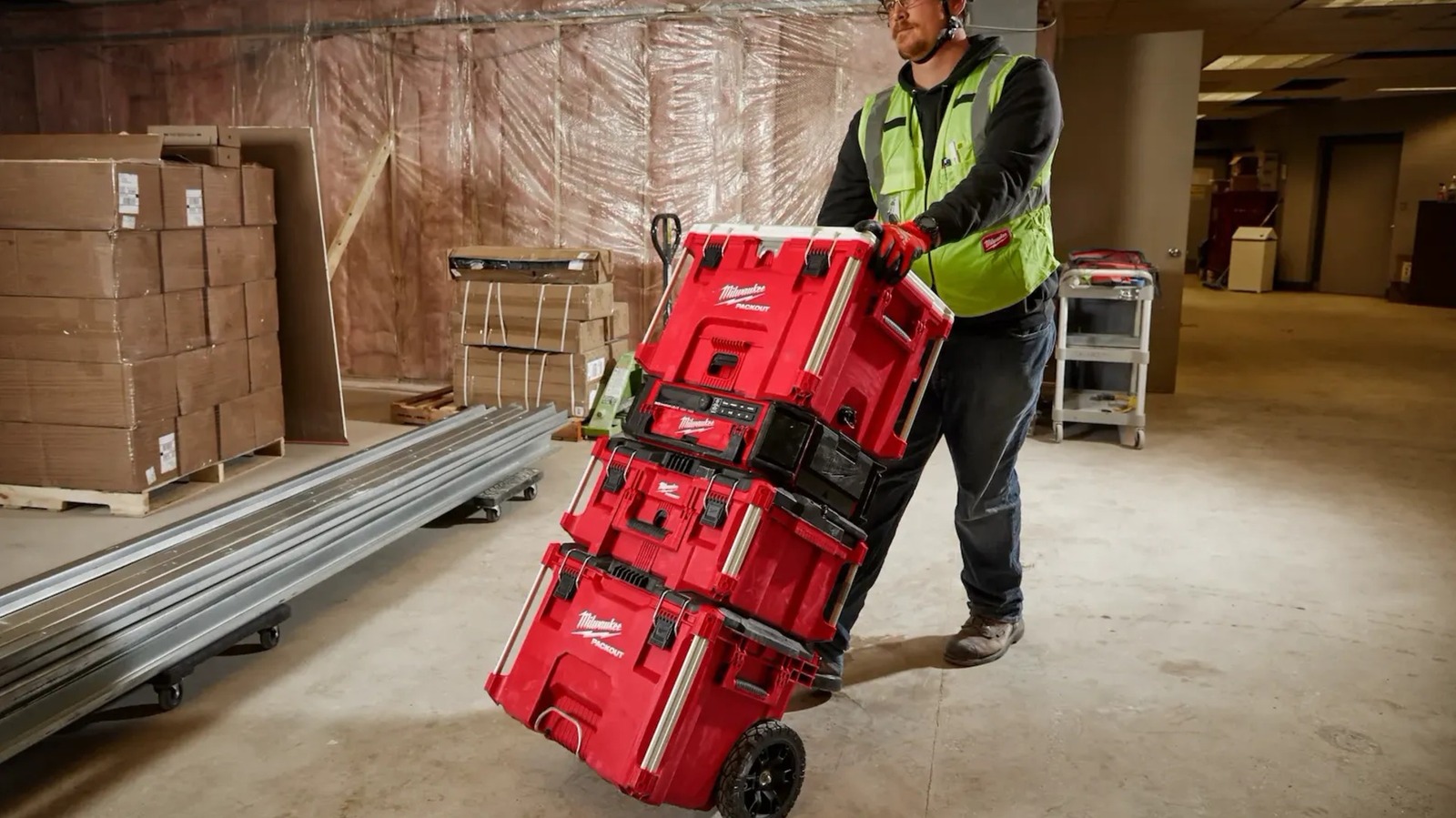




































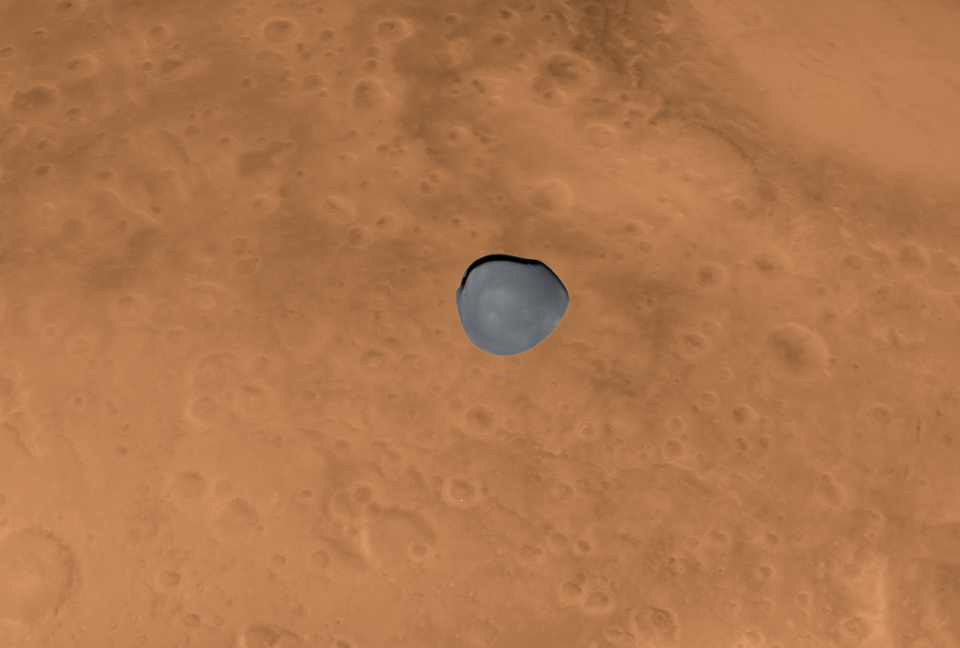

































![Mac Shipments Up 17% in Q1 2025 Fueled by New M4 MacBook Air [Chart]](https://www.iclarified.com/images/news/97086/97086/97086-640.jpg)
![Next Generation iPhone 17e Nears Trial Production [Rumor]](https://www.iclarified.com/images/news/97083/97083/97083-640.jpg)
![Apple Releases iOS 18.5 Beta 3 and iPadOS 18.5 Beta 3 [Download]](https://www.iclarified.com/images/news/97076/97076/97076-640.jpg)
![Apple Seeds visionOS 2.5 Beta 3 to Developers [Download]](https://www.iclarified.com/images/news/97077/97077/97077-640.jpg)





































